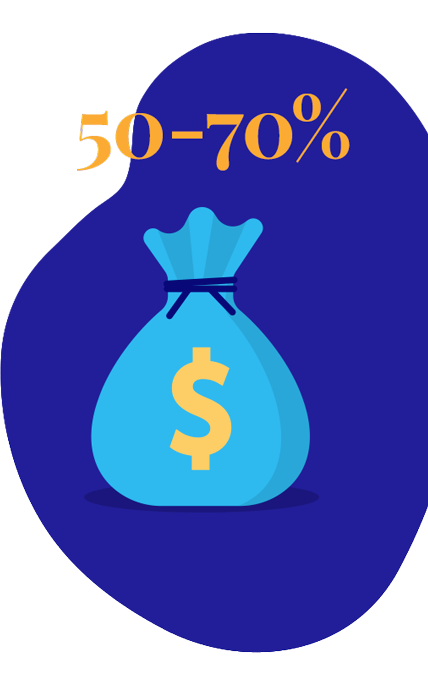Viatical settlements: A definition
A viatical settlement is a way for those who are suffering from a terminal illness to sell their life insurance policy to a third party for a one-time lump sum. The payout is far more than the cash surrender value.
This one time transaction transfers the ownership of the policy and allows the seller to do whatever they want, or need, to do with the money, including paying for medical bills or medical care. Upon the original policyholder’s death, the purchaser receives the death benefit.
Other terms you may need to know:
- Beneficiary: the person(s) named in the policy who are to receive the death benefit upon the policyholder’s death
- Broker: the company that connects the buyer with a seller
- Cash surrender value: the money a policyholder receives if they were to cancel, or surrender, the policy
- Death benefit: the money that is paid out upon the policyholder’s death
- Insured: the person covered by the life insurance policy
- Premium: the monthly costs associated with maintaining the life insurance policy

Viatical settlement eligibility
In order to receive a viatical settlement, certain qualifications must be met:
- The policyholder must have been diagnosed with a terminal illness, typically with under two years to live.
- The policy has to have been in force for at least two years.
- The policy must have a death benefit of at least $100,000.
Each scenario is unique. A viatical settlement expert can tell you whether or not your policy qualifies.

Examples of viatical settlements
To get a better understanding of what a viatical settlement is and how it can benefit the original policyholder, see these examples below.

Janet (age 59) had a term life insurance policy with a face value of $100,000 when she was diagnosed with stage 4 pancreatic cancer and was given six months to two years to live. Instead of surrendering her policy, Janet took a life settlement and was able to pay her medical bills with the $70,000 she received.
Tom (age 71) had a $500,000 whole life insurance policy. When he was diagnosed with dementia, he could no longer live on his own. Tom was given a 12-18 month life expectancy. Instead of taking the cash surrender value of $3,500, his kids helped him sell the policy. He moved into a nursing home with the $250,000 proceeds so he could live the remainder of his life comfortably and with access to the care that he needed.

Why do people take viatical settlements?
There are many different reasons.
For those facing a terminal illness, paying a monthly premium for a life insurance policy may no longer be an attractive option. Furthermore, even with the right insurance, medical bills and medical care are expensive. A viatical settlement helps to relieve some of the financial burdens associated with the diagnosis.

Some people choose to use their settlement money on “bucket list” items like travel or other experiences. Some just want their loved ones to use the money right away so they can take part in the joy and happiness it brings.

Viatical settlement process
The basic steps to obtaining a viatical settlement are:
Make the decision you want to sell your policy
If you have been diagnosed with a terminal illness, talk to your loved ones and determine that selling your policy is the right decision for you and your unique situation.
Find a life settlement company
There are many out there, and it pays to shop around. You’ll need to provide information such as your age, health status, policy details, and more.
How do you choose the settlement company that’s right for you?
The sale
The company you choose to work with will connect you with a buyer, and you’ll receive a one time lump sum for the policy. The buyer will then begin making the premium payments. The seller can use the money made for anything at all, including medical bills and care.
The death benefit is paid out
When the policyholder dies, the death benefit goes to the buyer of the policy.
The right settlement company can guide you through this process.

Benefits of viatical settlements
A viatical settlement can greatly benefit the policyholder during a time of need. Viatical settlement pros include:
- Lump sum of cash to be used on anything
- Ability to pay off medical bills or pay for medical care
- No longer have to pay the monthly premium
- The proceeds will not be taxed as long as certain criteria are met

If you or a loved one is terminally ill, a viatical settlement may be an option. Contact the experts at PolicyBank® so you can make an informed decision that’s right for you.
